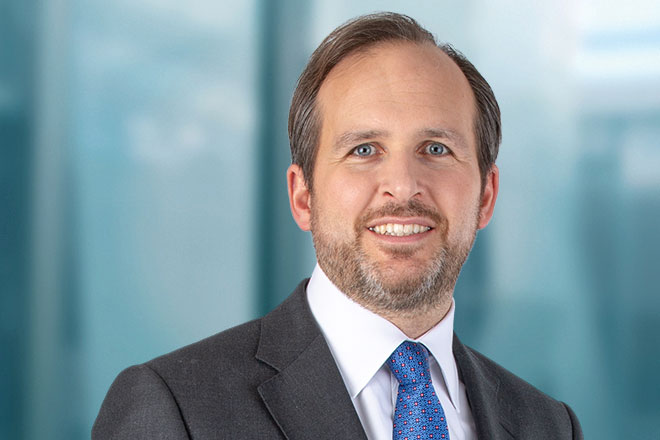Subscribe
Sign up for timely perspectives delivered to your inbox.
As Head of SRI, Hamish Chamberlayne champions sustainability every day. It takes authenticity and a desire to take part in resolving real world issues to make a meaningful dent in environmental and social challenges. His views are summarised here from a recent interview.

As Head of Sustainable & Responsible Investing (SRI), Hamish Chamberlayne champions sustainability every day. It takes authenticity and a desire to take part in resolving real world issues to make any meaningful dent in environmental and social challenges.
An avid follower of news, reports and other information on sustainability, Hamish sees the environmental and social woes of the world around him. Yet he is fortunate enough to be able to do something positive to effect real change.
In his role as Head of SRI at Janus Henderson Investors and Portfolio Manager, Hamish can exert an influence by allocating capital towards companies that are playing a positive role in the transformation of the global economy – and avoiding investing in those which do harm.
Being an advocate on sustainability matters does not mean a confrontational relationship with companies. Instead, investment principles can lead to partnerships with companies, in which Hamish and his team can work with management on its continual improvement and sustainability journey.
Take the engagement of the Global Sustainable Equity Team on net zero carbon.
With low carbon investing central to its philosophy, the Global Sustainable Equity Team joined the Net Zero Carbon 10 initiative. The initiative sets ambitious yet achievable targets for carbon reduction to help mitigate the disastrous and irreversible consequences of climate change.
This enables investment managers to better align their investment policies to carbon neutrality, rather than just emissions reduction. The approach focuses on net zero emissions based on scope one, two and three emissions.
The team has found that beginning this initiative has led to more focused discussions with companies that have begun a low-carbon journey but do not have a target to achieve neutrality by 2030. This engagement has been positively received, strengthening the team’s relationship and dialogue with companies.
All this doesn’t come easily. Having a positive impact on the wider economy goes beyond just analysing companies. Engaging and collaborating with firms, colleagues and even sometimes competitors can help provide positive outcomes for people and the planet.